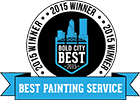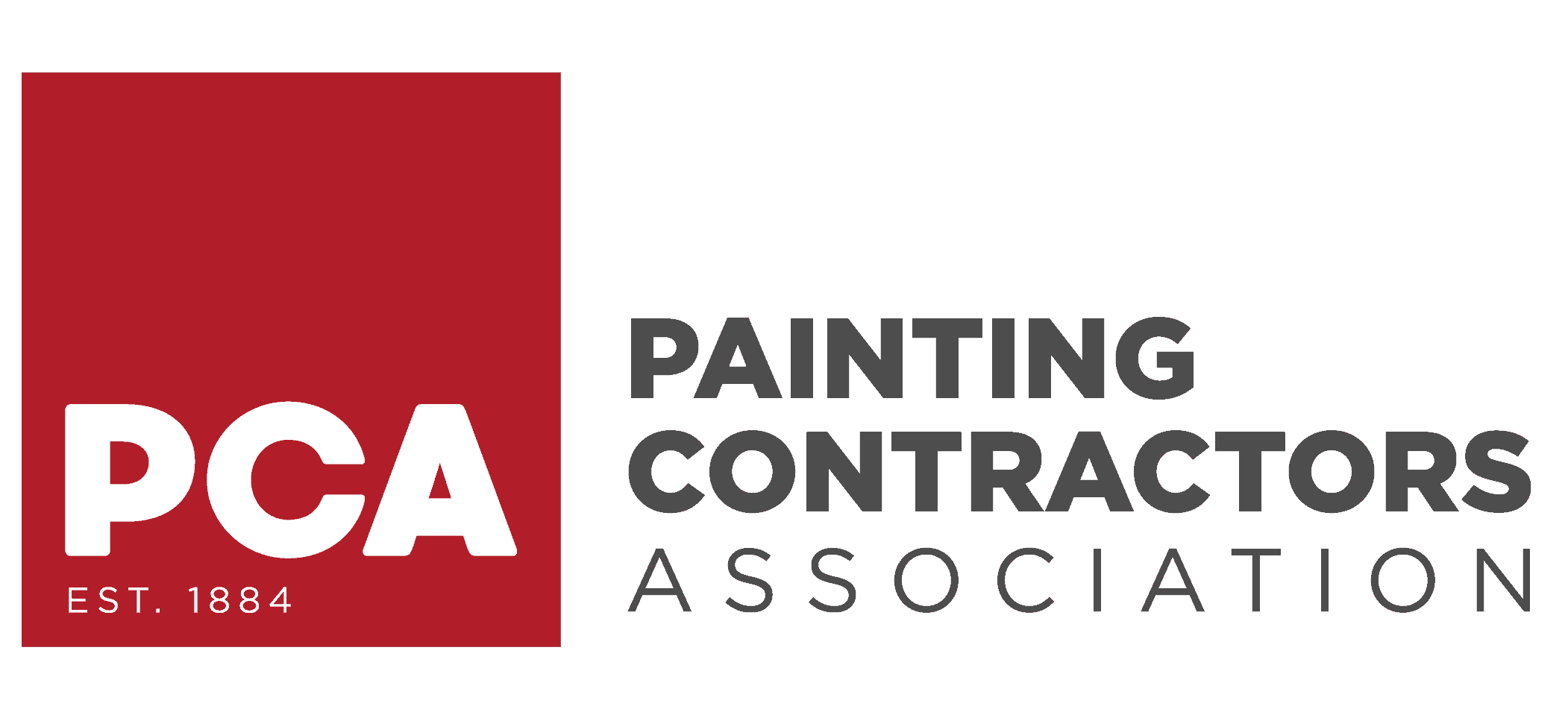Removing Paint from Surfaces
When you’re wrapping up your DIY painting project, you may find that drips, drops, and spatter have gotten onto some of the surfaces around the house. Small amounts of paint spatter can spray onto the flooring, countertops, and other areas of your home, even when you carefully prep the area before painting and rolling.
The best way to remove paint from flooring, furniture, or other surfaces, is to carefully and thoroughly wipe it away with a painter’s rag or old cloth as soon as it happens, while the paint is still wet. Once the paint drops dry, they’re harder to remove. When paint spills onto concrete and hardens, it can typically be safely removed with a household cleaner and a stiff bristled brush, causing no damage to the surface. However, many other household surfaces require greater care in removing dried paint without damaging the material. For example, if you need to remove dried paint from linoleum and vinyl flooring, hardwood flooring, wood furniture, natural stone, and certain other surfaces, approach the project very carefully.
Use these steps as a guide when you need to remove paint from surfaces around your home:
- Manufacturer’s Guides – Always consult the manufacturer’s instructions before applying a cleaning product or using a tool on the surface. Certain solutions can void the warranty, so always check the product’s guidelines before embarking on a paint removal project.
- Start Simple – It’s best to start with the smallest step, such as the gentlest cleaning solution, and work your way up. In the case of dried paint removal, this can mean starting with a mixture of warm water and a few drops of dish soap, rather than a harsh cleaning chemical. Even when removing hardened paint, avoid using alcohol, mineral spirits, or other harsh chemicals, as these are very likely to cause damage to many household surfaces. Similarly, try using a plastic scraper like a spatula or credit card to remove dried paint rather than using a metal putty knife blade, steel wool, or other aggressive tool which will likely scratch and damage the surface.
- Test Area – Anytime you are going to apply a cleaning solution, even a simple one, always test the mixture in an inconspicuous area of the surface to be sure that the product does not cause any damage to the surface.
- Patience – To preserve your flooring, furniture, and other surfaces while cleaning up after an interior painting project, you’ll need patience and some “elbow grease” to safely remove dried paint. By avoiding harsh chemicals and abrasive tools, it may take longer to remove the hardened house paint, but it will be worth the wait because you’ll have protected your home’s surfaces.
When planning your next interior painting project, call on a great professional painting company to get results you love. There are many good local house painters, but The Painting Craftsmen is the best professional painting contractor Jacksonville FL homeowners choose for their exterior and interior painting projects, cabinet refinishing projects, and more. Our customers in Mandarin, Riverside, San Marco, Atlantic Beach, and throughout Jacksonville love our commitment to high quality work and outstanding customer service, and we’d love to provide the same for you!














